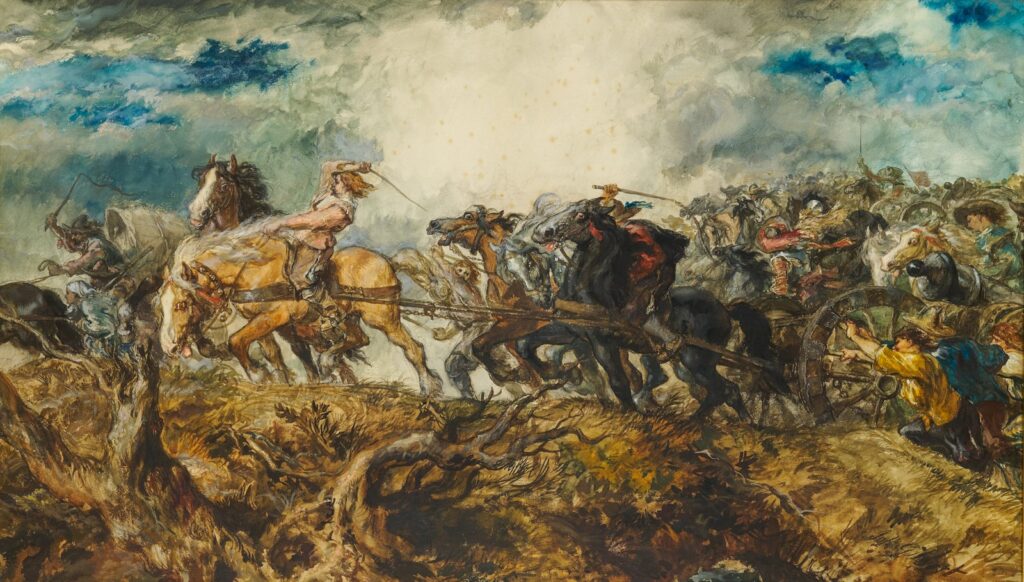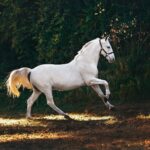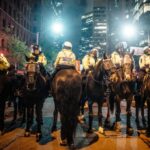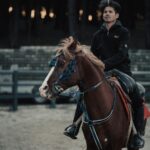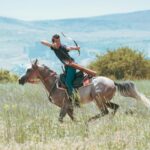Throughout history, horses have been pivotal in warfare, carrying soldiers into battle and shaping the outcomes of conflicts across civilizations. These magnificent animals were more than mere transportation; they were strategic assets that could determine victory or defeat. Certain breeds became legendary for their courage, strength, and reliability in the chaos of battle. Whether you’re a history enthusiast, an equestrian, or simply curious about these remarkable animals, understanding the legacy of war horses offers fascinating insights into both military history and human-equine partnerships. From ancient battlefields to modern ceremonial roles, these seven war horses represent the finest examples of breeds that have galloped through history, leaving hoofprints on our collective military heritage.
The Destrier: Medieval Europe’s Living Tanks
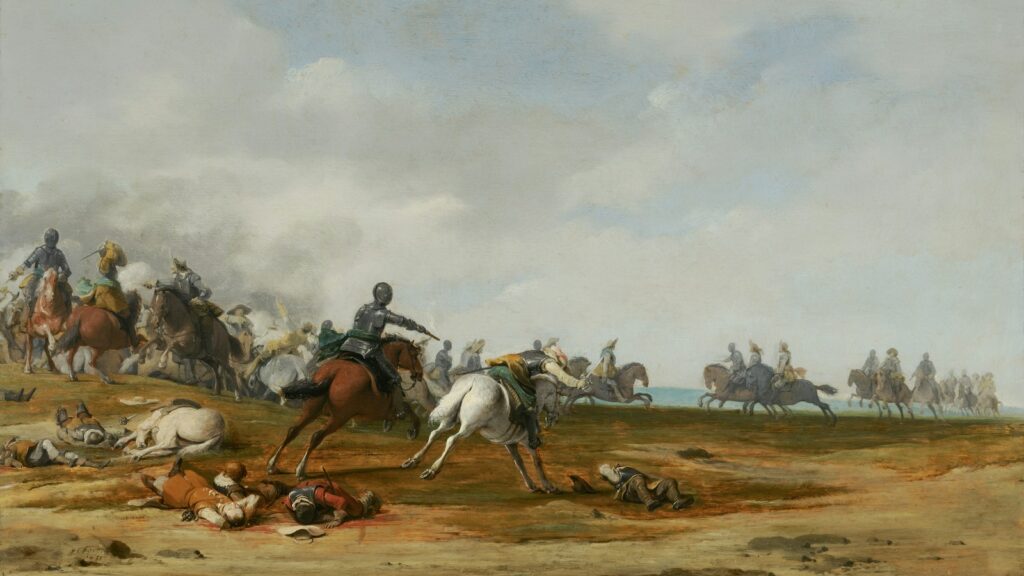
The Destrier wasn’t a specific breed but rather a type of horse that represented the pinnacle of medieval European warhorses. These powerful animals were specifically bred and trained for the heavy demands of carrying knights in full plate armor into battle. Standing between 14 and 16 hands high, Destriers were muscular, agile, and remarkably courageous, able to execute precise movements even amid the chaos of combat. Their training was extensive and began at a young age, conditioning them to remain calm during the clash of weapons and to charge directly into enemy formations without hesitation. Modern breeds thought to be descendants of the Destrier include the Andalusian, Friesian, and Percheron, all of which maintain some of the power and presence that made their ancestors the most valued military assets of their time.
The Arabian: Desert Warriors of Unmatched Endurance
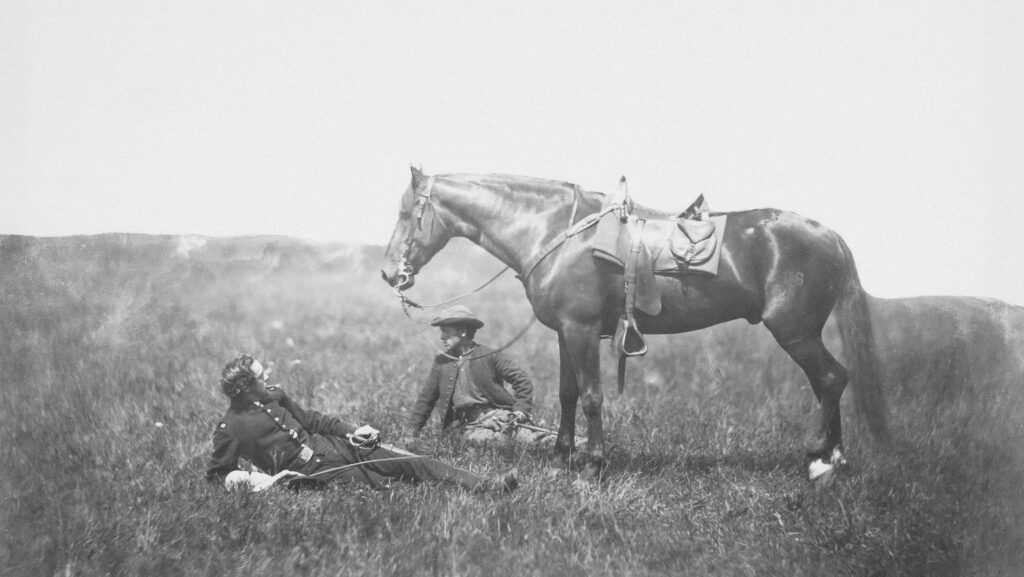
The Arabian horse’s influence on warfare stretches back thousands of years, particularly in the Middle East and North Africa where their natural adaptations made them ideal for desert campaigns. With their distinctive dished face, high tail carriage, and compact, elegant build, Arabians combined beauty with remarkable functionality in battle scenarios. Their most valuable trait was exceptional endurance, allowing riders to cover vast distances across harsh terrain without frequent rests. The breed’s intelligence and responsiveness to riders enabled complex tactical maneuvers that slower, heavier horses couldn’t execute. Throughout the Crusades, Muslim forces mounted on Arabians often outmaneuvered European knights on their heavier Destriers, using superior mobility to great advantage. The Arabian’s legacy continues today not only in their pure bloodlines but also in their genetic contribution to nearly every modern light horse breed.
The Mongolian Horse: Conquerors of the Steppe
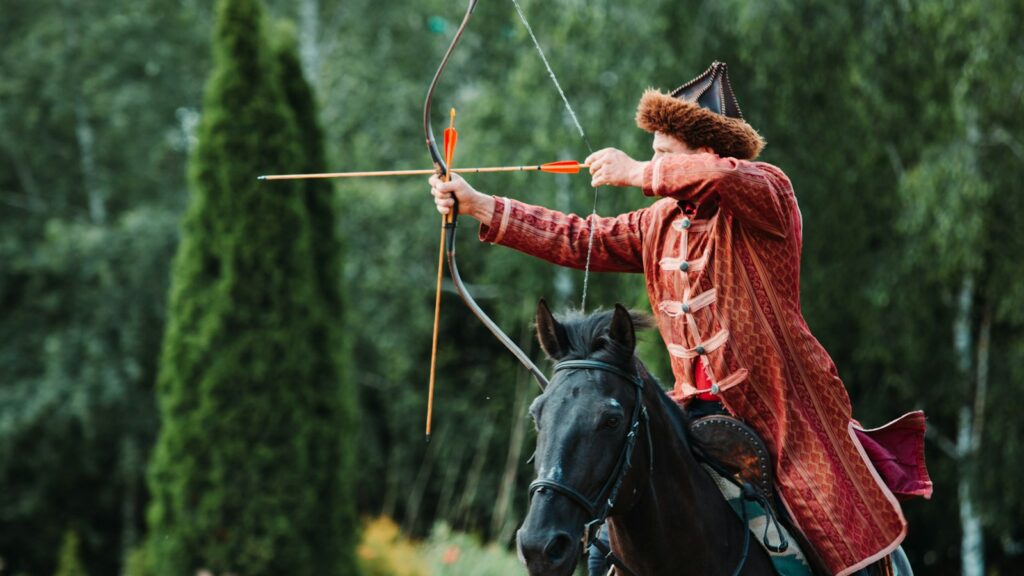
The small but mighty Mongolian horse played a crucial role in creating history’s largest contiguous land empire under Genghis Khan and his successors. Standing only 12 to 14 hands high, these compact equines might appear unimpressive to the uninitiated, but their hardiness and survival instincts made them perfect partners for the Mongol warriors. These horses could survive on minimal forage, navigate treacherous mountain paths, and withstand temperature extremes that would kill most other breeds. Each Mongol warrior typically maintained a string of these horses, switching mounts regularly during campaigns to ensure fresh transportation—a revolutionary mobile warfare tactic that allowed armies to cover up to 100 miles daily. The horses’ natural herd instinct made them easy to control in large groups, enabling massive cavalry maneuvers that overwhelmed enemies. Today’s Mongolian horses remain largely unchanged from their ancestors, representing one of the most genetically pure ancient horse types still in existence.
The Marwari: India’s Battlefield Sentinel
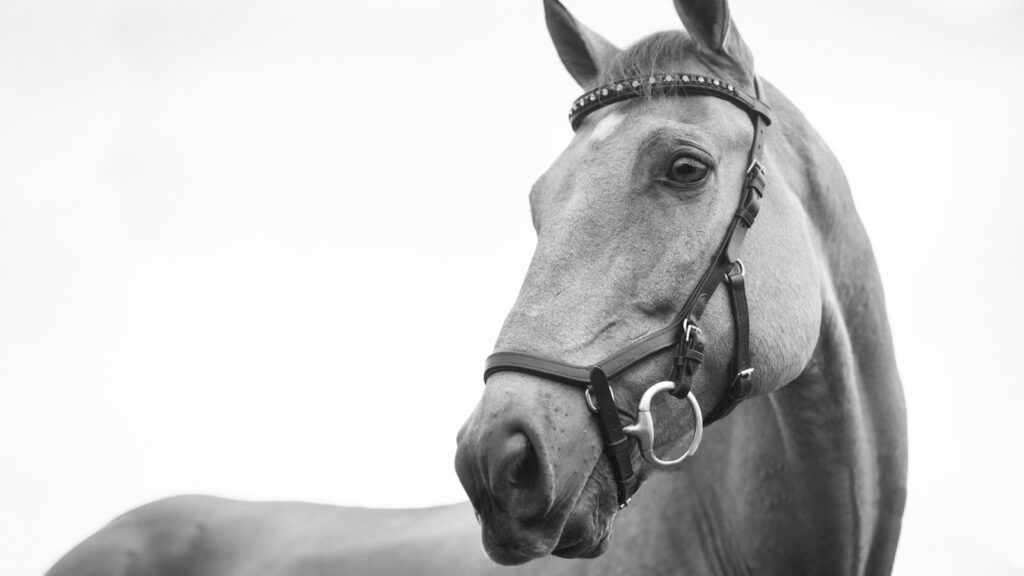
Immediately recognizable by their inward-curving ears that can rotate 180 degrees, Marwari horses served as the elite war mounts of India’s Rajput warriors from medieval times through the colonial era. These horses were prized for their uncanny ability to return to their riders if separated during battle, as well as their exceptional hearing that could detect approaching enemies long before humans could. Legend holds that Marwari horses would only accept riders of the warrior caste, sometimes refusing to bear those they deemed unworthy. Their natural heat tolerance and ability to go long periods without water made them perfectly adapted for the harsh climate of Rajasthan, their homeland. Despite facing near extinction during British colonial rule when crossbreeding was encouraged, dedicated conservation efforts have helped preserve this unique breed that embodies India’s martial heritage.
The Thoroughbred: Speed and Courage in Modern Conflicts
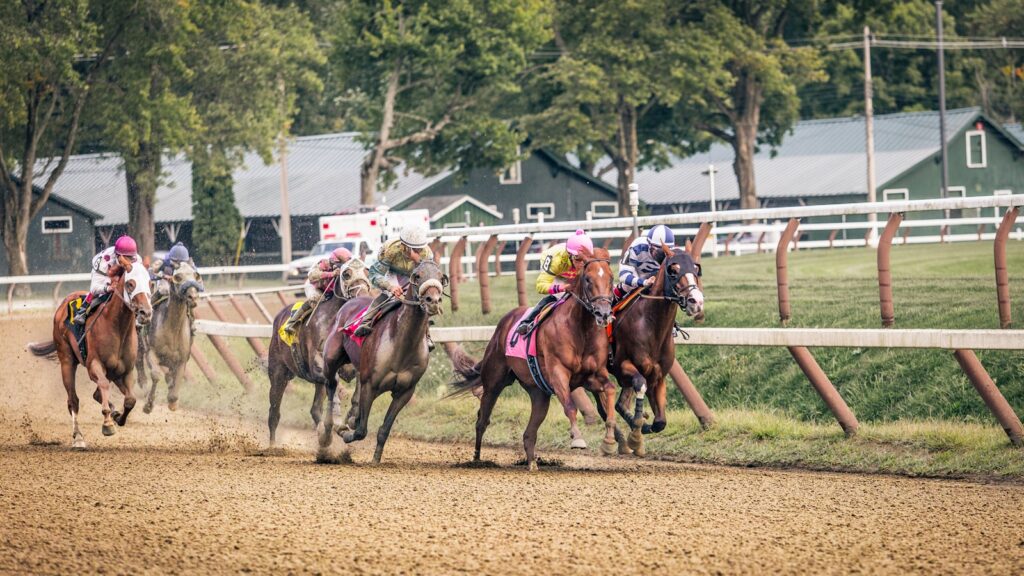
Though primarily known today for racing, the Thoroughbred has a distinguished military history dating back to the 18th century when their speed and courage proved invaluable in cavalry charges and reconnaissance missions. The breed’s development in England specifically focused on creating horses with exceptional acceleration and sustained speed, traits that translated perfectly to battlefield mobility. During the American Civil War, Thoroughbreds were highly sought after by cavalry officers on both sides, with famous examples including General Robert E. Lee’s mount “Traveller” (though technically not a pure Thoroughbred) and General Ulysses S. Grant’s “Cincinnati.” Their intelligence and bold temperament made them responsive in combat situations, though their finer bone structure sometimes proved less durable than heartier breeds. The British cavalry’s use of Thoroughbreds during colonial campaigns demonstrated the breed’s adaptability to various climates and terrains, cementing their reputation as versatile war horses.
The Friesian: The Black Pearl of Battle
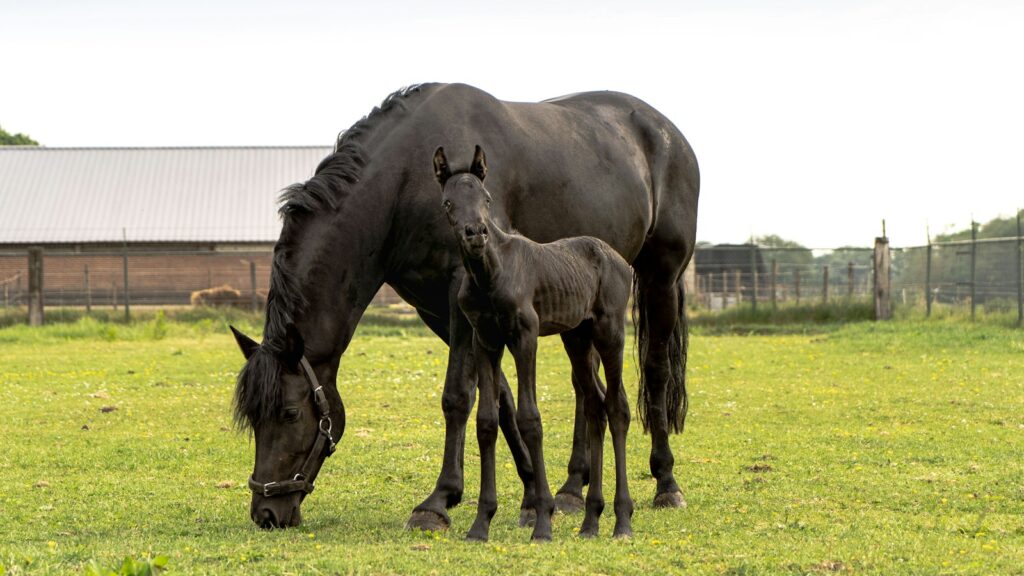
The striking black Friesian horses of the Netherlands combine imposing presence with surprising agility, making them formidable war horses throughout European history. Originally bred to carry knights in heavy armor, these horses evolved to meet changing battlefield demands while maintaining their distinctive appearance characterized by feathered legs, thick manes, and powerful build. Their naturally high-stepping gait proved advantageous in navigating difficult terrain and provided an intimidation factor as troops moved into battle. During the Eighty Years’ War between Spain and the Netherlands, Friesians were favored mounts for cavalry officers, who valued the breed’s trainability and steady temperament under fire. Though the breed faced potential extinction multiple times, particularly after farm mechanization reduced their utility, preservation efforts saved these magnificent animals who now serve primarily in dressage, driving, and ceremonial roles. Their presence in modern films and media continues to capture the majestic essence that once made them elite war horses.
The American Quarter Horse: The Cavalry’s Versatile Partner
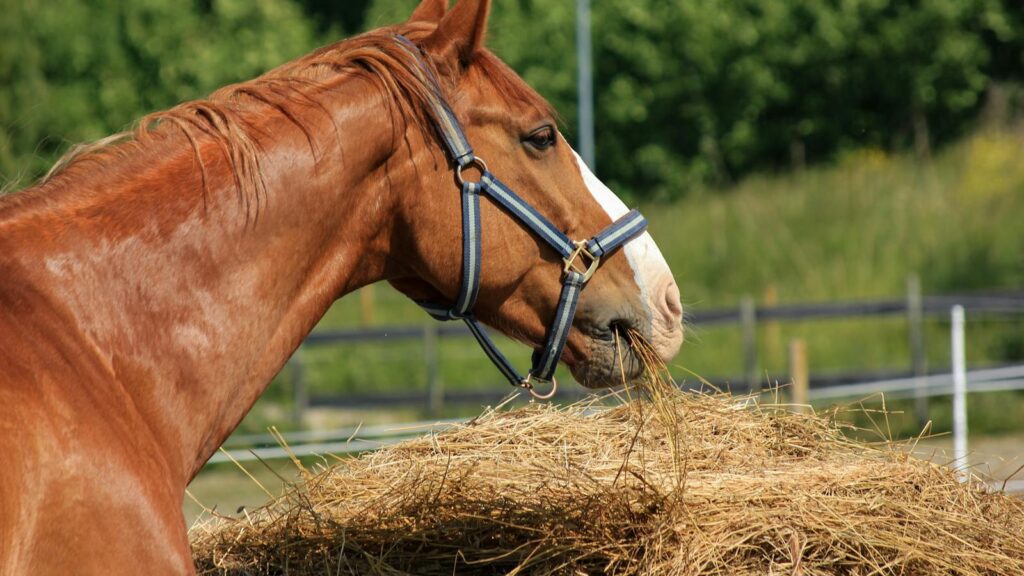
The American Quarter Horse emerged as a crucial military mount during the westward expansion of the United States, serving with distinction in conflicts ranging from the American Civil War through the Indian Wars of the late 19th century. Named for their unparalleled speed in quarter-mile races, these horses combined quick acceleration with the strength needed to carry fully equipped soldiers across varied and challenging landscapes. Their innate “cow sense” made them not only excellent cavalry mounts but also invaluable for military scouts who needed horses that could work quietly and respond instantly to subtle cues. The breed’s level-headedness proved especially valuable during battle conditions, as Quarter Horses were less likely to panic amid gunfire and chaos compared to more high-strung breeds. Though mechanization eventually replaced horse cavalry in the U.S. military, the Quarter Horse’s legacy continues through the ceremonial units that maintain historical traditions and through their portrayal in countless Western films depicting America’s military history.
The Andalusian: Spain’s Royal War Horse
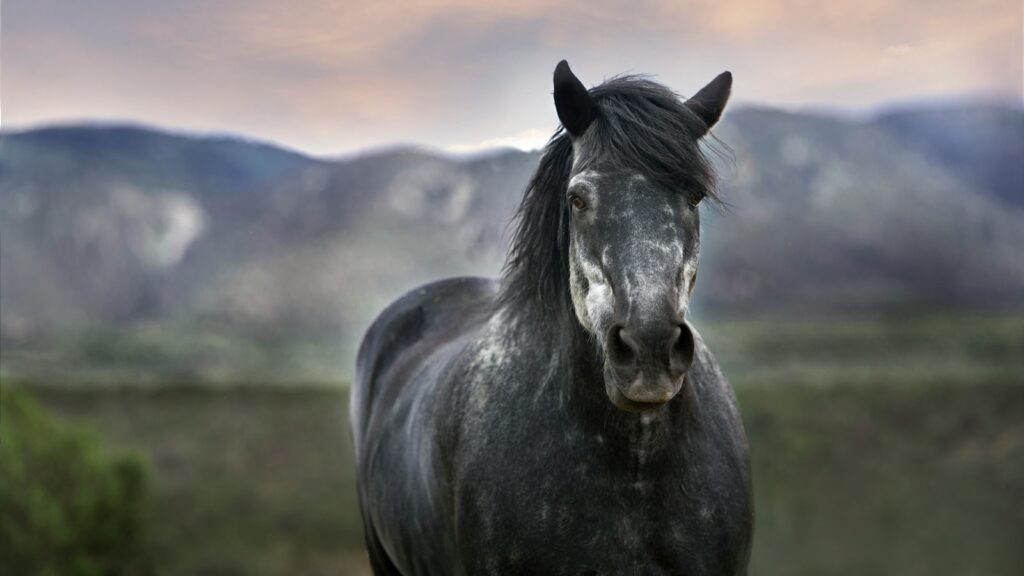
Known historically as the “Royal Horse of Spain,” the Andalusian served as the primary mount for conquistadors and European nobility for centuries, combining elegance with battlefield functionality. These horses were meticulously bred from ancient Iberian stock, creating animals with natural collection and balance that could perform the precise movements required for both warfare and the developing art of classical dressage. Their naturally arched neck and powerful hindquarters enabled them to perform difficult maneuvers like the levade and capriole, movements that originated as battlefield tactics designed to protect riders and intimidate enemies. Spanish commanders riding Andalusians led campaigns throughout Europe and the Americas, with the breed’s adaptability to different climates proving crucial during colonial conquests. The Andalusian’s intelligence and sensitivity to riders allowed for communication through minimal aids, a vital attribute when a knight’s hands were occupied with weapons rather than reins.
Training Methods for War Horses Throughout History
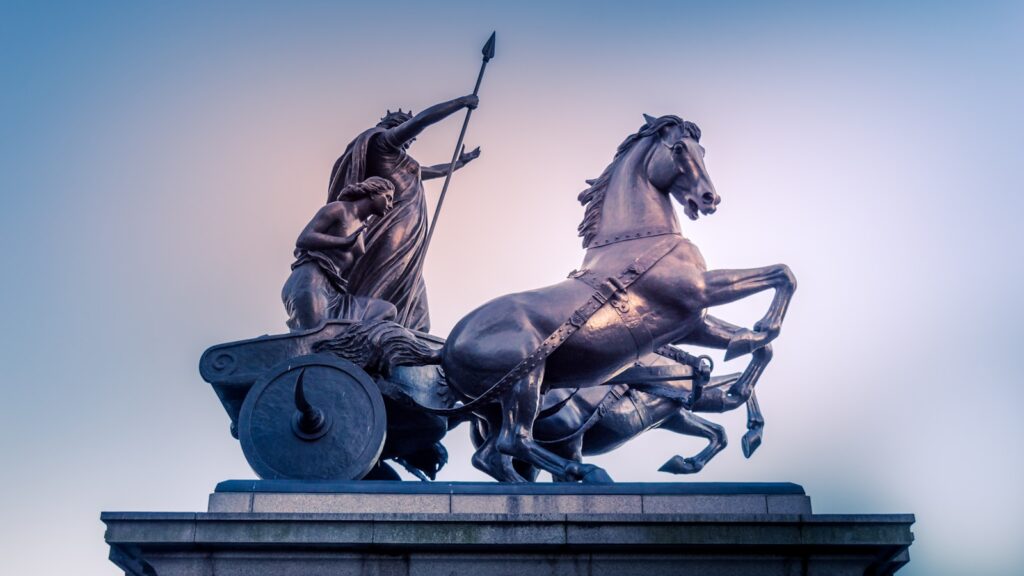
Creating an effective war horse required specialized training methodologies that evolved across civilizations and eras to meet specific battlefield requirements. Medieval European destriers underwent “barding” training where they gradually adapted to carrying increasing weights, eventually accustoming them to the enormous burden of a knight in full plate armor. In contrast, Eastern training philosophies often emphasized responsive horsemanship and agility, with Mongolian horses trained from foalhood to respond to leg pressure rather than rein contact, freeing riders’ hands for weapons. Roman cavalry implemented systematic desensitization techniques, exposing young horses to flapping fabrics, unusual sounds, and even the smell of blood to prevent battlefield panic. Perhaps most fascinating were the training methods for horses intended for direct combat—Spanish and Portuguese mounts were taught to strike with their hooves on command and even to bite enemies, transforming the animals themselves into weapons. These intensive training regimens often lasted years and represented significant investments of time and resources, reflecting the critical importance of well-trained war horses to military success.
Psychological Impact of War Horses on Battlefield Dynamics
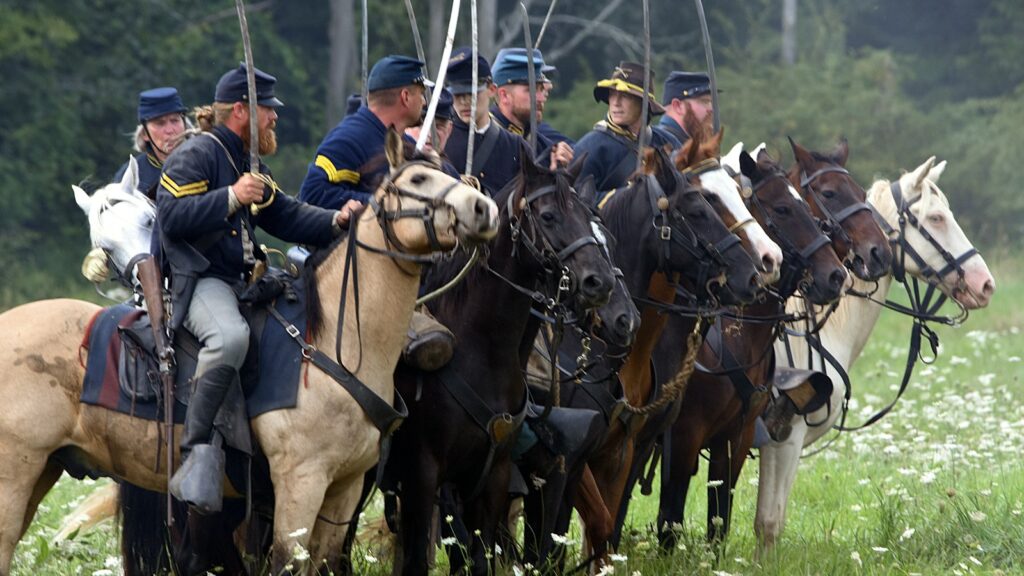
Beyond their physical capabilities, war horses exerted powerful psychological effects that significantly influenced battle outcomes throughout military history. The thundering sound of a cavalry charge created primal fear responses in infantry soldiers, sometimes causing units to break formation before contact was even made. Certain breeds were specifically selected for their imposing appearance—the black Friesian and the white Lipizzaner, for instance, were frequently used as command horses because their distinctive colors stood out on the battlefield, allowing troops to locate their leaders. The human-equine bond formed between soldiers and their mounts created remarkable instances of mutual protection, with historical accounts describing horses shielding fallen riders or returning wounded soldiers to safety without guidance. Archaeological and historical evidence suggests that killing an enemy commander’s recognizable horse was sometimes a deliberate tactical objective, as the psychological impact of seeing a leader dismounted could demoralize entire formations. This psychological dimension added significantly to the strategic value of war horses beyond their purely practical military applications.
Modern Ceremonial Roles of Traditional War Horse Breeds
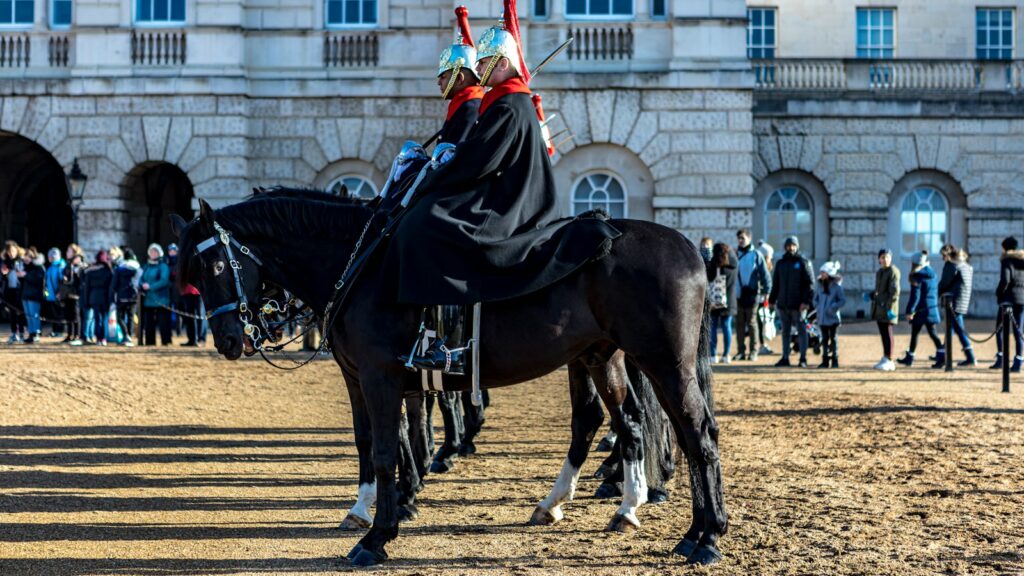
Though technological advances have rendered horse cavalry obsolete in modern warfare, many traditional war horse breeds continue to serve in ceremonial military roles that honor their historical significance. The United Kingdom’s Household Cavalry maintains a regiment of primarily black horses (many of Friesian or Irish Draught heritage) that participate in state ceremonies, including the Changing of the Guard and royal processions. In Spain, the Royal Andalusian School of Equestrian Art preserves classical dressage movements that evolved directly from battlefield maneuvers, showcasing the Andalusian horses’ historical capabilities. The United States Military Academy at West Point features mules (close relatives to war horses) as mascots and symbols of the Army tradition, while the Caisson Platoon of the 3rd U.S. Infantry Regiment uses matching teams of Percheron, Friesian, and Quarter Horse crosses to pull the caissons in military funerals at Arlington National Cemetery. These ceremonial roles maintain living connections to military equestrian traditions and preserve specialized knowledge about handling and training these magnificent animals in ways consistent with their historical uses.
Archaeological Discoveries Revealing War Horse Equipment Evolution
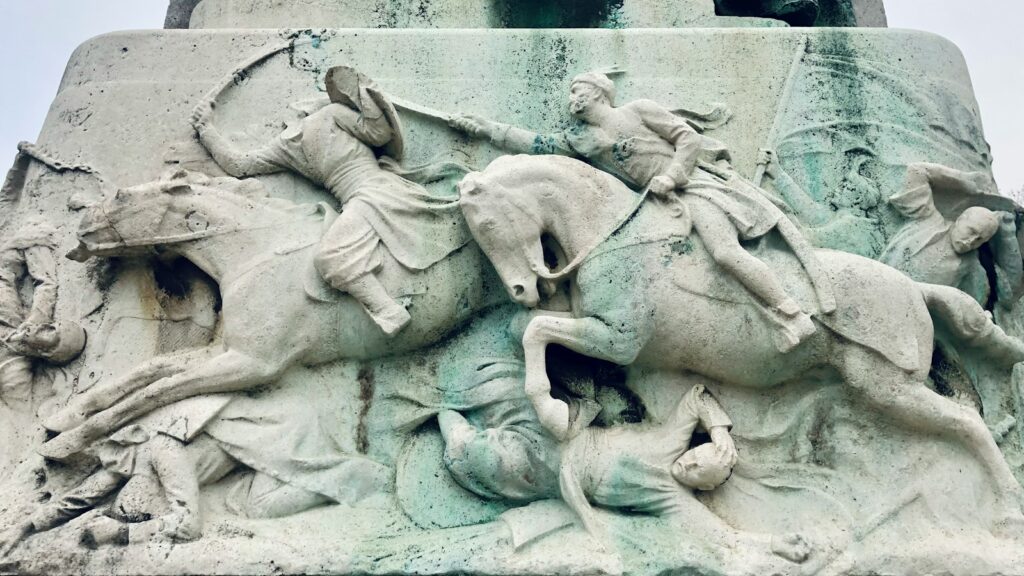
Archaeological excavations from battlefield sites around the world have unveiled fascinating evidence about the evolution of war horse equipment, providing tangible connections to these ancient partnerships. Discoveries from Siberian permafrost have preserved intact Scythian horse tackle from the 5th century BCE, revealing sophisticated bitless bridles that allowed mounted archers to control their horses primarily through weight shifts and leg cues. Roman cavalry barracks along Hadrian’s Wall yielded specialized horseshoes designed for the muddy British terrain, demonstrating how equipment adapted to environmental challenges. Particularly illuminating have been finds from medieval European battlefields like Agincourt, where archaeologists recovered fragments of decorative chamfrons (metal face armor for horses) that served both protective and psychological purposes, making the animals appear more intimidating. Recent underwater archaeology in the Mediterranean has recovered remarkably preserved leather saddles from shipwrecks, showing the ergonomic developments that allowed riders to maintain secure seats during combat. These artifacts provide crucial insights into the practical aspects of historical horsemanship that written records often overlooked.
The Legacy and Influence of War Horses in Modern Equestrian Sports
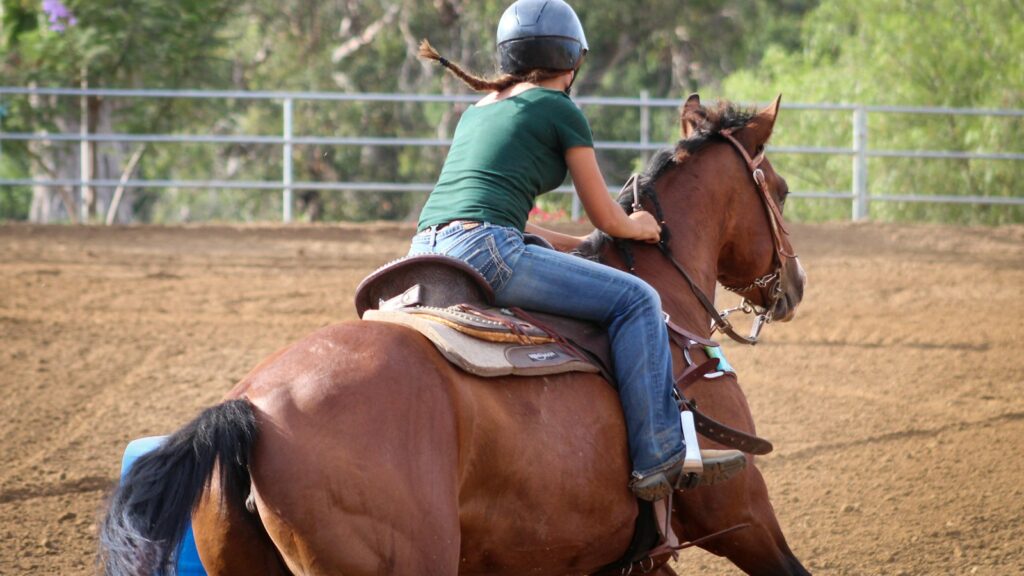
The techniques, equipment, and breeding priorities developed for war horses have profoundly shaped modern equestrian sports in ways many riders might not recognize. Olympic dressage directly evolved from battlefield training methods, with movements like the half-pass originally designed to allow mounted soldiers to move sideways while facing the enemy. The forward seat used in modern show jumping was popularized by Federico Caprilli, an Italian cavalry officer who revolutionized jumping technique to better accommodate the needs of military riders navigating battlefield obstacles. Even the three-day eventing competition explicitly originated as a comprehensive test of military horsemanship skills, with cross-country courses designed to simulate the challenges cavalry horses would face during campaigns. The selective breeding that created specialized war horses established many of the bloodlines that dominate competition arenas today, with Thoroughbreds, Andalusians, and Hanoverians—all breeds with military histories—now excelling in their respective disciplines. This martial heritage continues to influence training philosophies, especially regarding the development of courage and obedience in performance horses facing challenging competitive environments.
conclusion
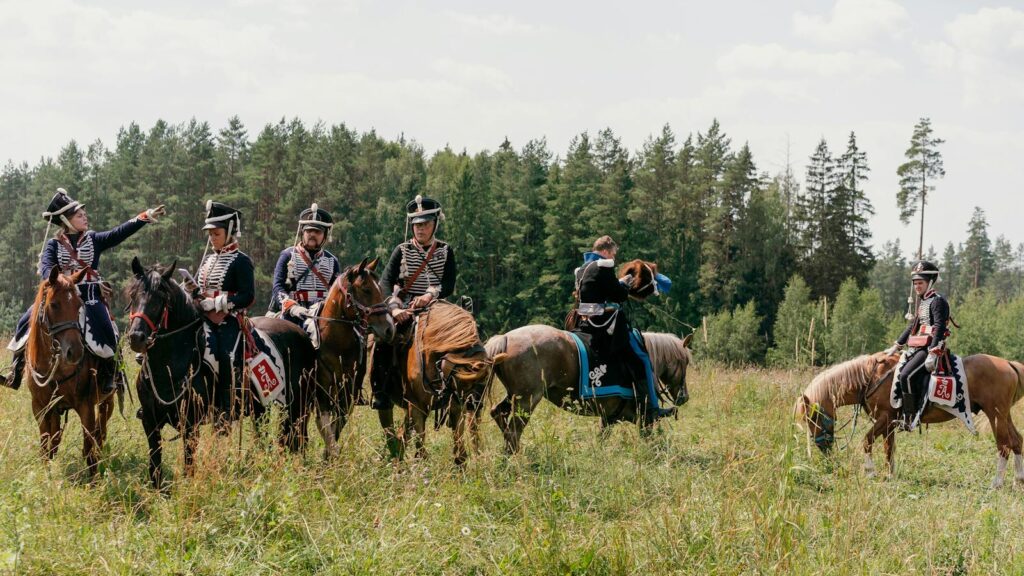
The war horses that carried soldiers into battle across centuries were not merely transportation but crucial military assets that shaped history through their speed, strength, and courage. From the massive Destriers that supported armored knights to the nimble Arabians that dominated desert warfare, each breed brought unique capabilities to conflict zones around the world. Their legacy extends beyond the battlefield into modern equestrian sports, breeding programs, and ceremonial traditions that honor their historical significance. As we continue to partner with horses in peaceful pursuits, we remain connected to this remarkable shared history—a testament to one of humanity’s most enduring and consequential relationships with another species. The next time you ride or admire a horse, consider the martial heritage that may run through its bloodlines, connecting you to countless historical riders who depended on these magnificent animals not just for sport or pleasure, but for survival.

